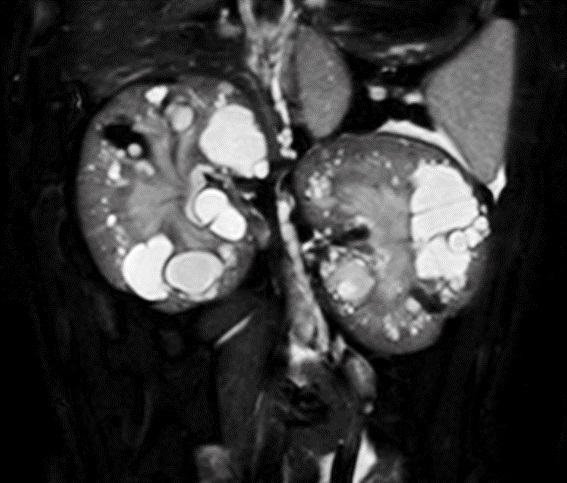2023-07-24 ペンシルベニア州立大学(PennState)
◆これまでアジア起源と考えられていた「Macaranga-Mallotus clade(MMC)」は、南アメリカがゴンドワナの一部だった時期に初めて出現した可能性があることが示されました。この発見は、環境変化に対する植物の反応や生物地理学的な分布を示し、現在の環境変化に対する警告でもあります。
<関連情報>
- https://www.psu.edu/news/research/story/spurge-purge-plant-fossils-reveal-ancient-south-america-asia-escape-route/
- https://bsapubs.onlinelibrary.wiley.com/doi/10.1002/ajb2.16169
ゴンドワナ初のトウダイグサ科植物の化石から、マカランガ-マロトゥスクレードの生物地理学的歴史がリセットされる The first Gondwanan Euphorbiaceae fossils reset the biogeographic history of the Macaranga-Mallotus clade
Peter Wilf, Ari Iglesias, María A. Gandolfo
American Journal of Botany Published: 02 May 2023
DOI:https://doi.org/10.1002/ajb2.16169

Abstract
Premise
The spurge family Euphorbiaceae is prominent in tropical rainforests worldwide, particularly in Asia. There is little consensus on the biogeographic origins of the family or its principal lineages. No confirmed spurge macrofossils have come from Gondwana.
Methods
We describe the first Gondwanan macrofossils of Euphorbiaceae, represented by two infructescences and associated peltate leaves from the early Eocene (52 Myr ago [Ma]) Laguna del Hunco site in Chubut, Argentina.
Results
The infructescences are panicles bearing tiny, pedicellate, spineless capsular fruits with two locules, two axile lenticular seeds, and two unbranched, plumose stigmas. The fossils’ character combination only occurs today in some species of the Macaranga–Mallotus clade (MMC; Euphorbiaceae), a widespread Old-World understory group often thought to have tropical Asian origins. The associated leaves are consistent with extant Macaranga.
Conclusions
The new fossils are the oldest known for the MMC, demonstrating its Gondwanan history and marking its divergence by at least 52 Ma. This discovery makes an Asian origin of the MMC unlikely because immense oceanic distances separated Asia and South America 52 Ma. The only other MMC reproductive fossils so far known are also from the southern hemisphere (early Miocene, southern New Zealand), far from the Asian tropics. The MMC, along with many other Gondwanan survivors, most likely entered Asia during the Neogene Sahul-Sunda collision. Our discovery adds to a substantial series of well-dated, well-preserved fossils from one undersampled region, Patagonia, that have changed our understanding of plant biogeographic history.


